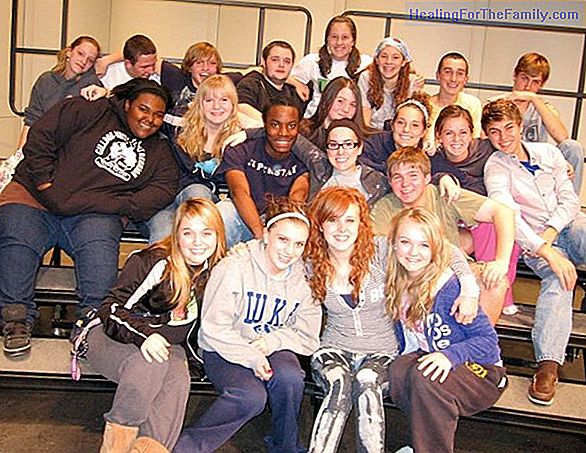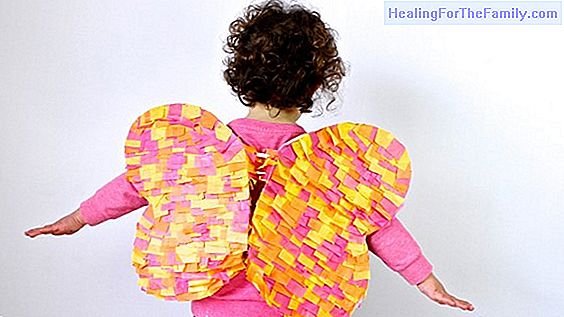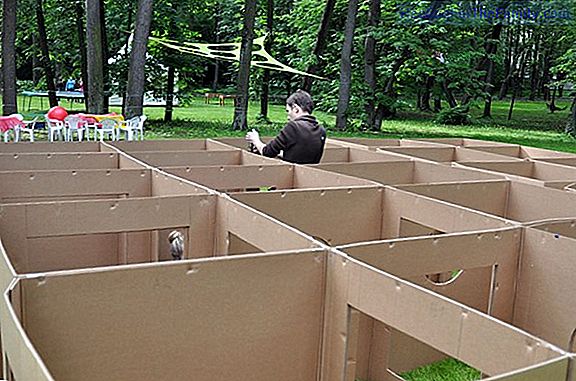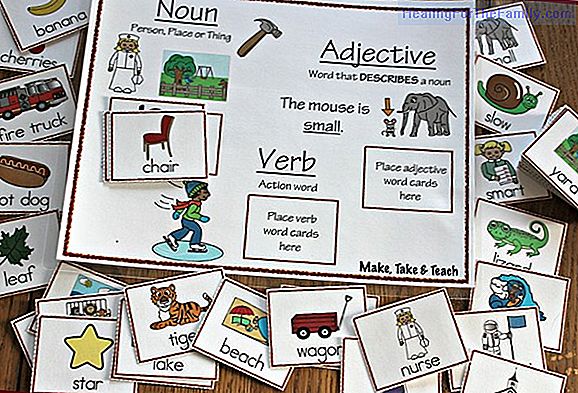Spasms of the baby when sleeping
These movements or spasms that babies usually do in the first weeks of life sometimes turn out to be a little alarming, especially for first-time parents, but it is really something that should not be alarmed. In fact, surely you yourself will have experienced those same spasms at some time when you
These movements or spasms that babies usually do in the first weeks of life sometimes turn out to be a little alarming, especially for first-time parents, but it is really something that should not be alarmed.
In fact, surely you yourself will have experienced those same spasms at some time when you are about to sleep: they are called myoclonus of sleep and are very common.
Why babies suffer spasms when they sleep
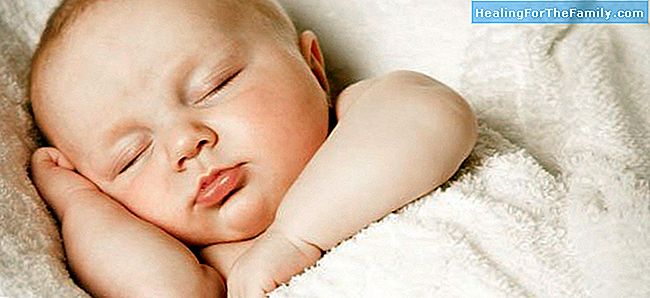
Spasms in adults are associated with dreams; Many people realize that he jumps in bed when he dreams that they fall from somewhere or that a car runs over them, although other times we are not even able to give an explanation; the same happens with the involuntary movement of the eyes while we sleep.
Studies have shown that while our body surrenders to sleep and we are leaving the outside world, the mind begins to generate its own entertainment, and undertakes a struggle between daytime energy, where the motor system refuses to abandon us altogether, and our deep sleep in which we paralyze ourselves muscularly.
However, the part of the brain responsible for planning is suppressed, so that the mind has the free way to create what it wants without being subject to external stimuli and therefore improvises to your liking. These spasms are the remnants of the real world that seem to filter into the dream world.
But in babies, however, it does not happen in the same way. Although at first it was believed that they were also caused by dreams, in fact recent studies have shown that these spasms may be due to the immaturity of the motor system of children.
Myoclonic movements are manifested repetitively, are abrupt and brief, and usually occur in the extremities, face and abdomen; and, very important, they usually do not last more than 20 seconds. As the baby grows, about three months of age, they usually disappear.
Sometimes these spasms can be confused with epileptic seizures, and parents are often alarmed greatly. To be able to differentiate them, you can do two things: the first is to awaken the child, since the seizures of epilepsy do not disappear when the child wakes up, while the spasms of sleep do; and the second is to check the type of movements; if they are rhythmic and short they are not worrying, if they are chaotic and long yes.
Anyway, if you have any doubts about the type of movements of your children, you can also record it in video and show it to the pediatrician to stay calmer.
The safest thing is that your child gets up with new motor skills because they are responses to the activation of brain circuits in development.



